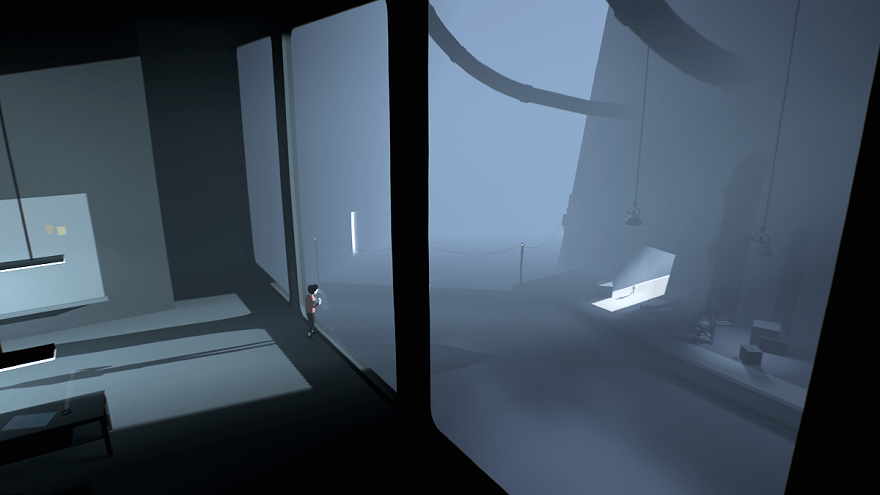Inside, Limbo studio co-founder Dino Patti departs Playdead
After 10 years pioneering in the indie video game industry, Dino Patti departs the studio he co-founded, Playdead, the developers of Inside and Limbo.Inside, Playdead's second game, released on June 29th on Xbox One and PC to critical acclaim, receiving nearly perfect scores across the board, holding a Metacritic of 92%. Reviews all had a similar thread running through them: This is a game you just have to play to understand, and talking about it too much is a discredit to the game.With that context, it may be surprising to hear that Dino Patti is leaving Playdead.

After 10 years pioneering in the indie video game industry, Dino Patti departs the studio he co-founded, Playdead, the developers of Inside and Limbo.
Inside, Playdead’s second game, released on June 29th on Xbox One and PC to critical acclaim, receiving nearly perfect scores across the board, holding a Metacritic of 92%. Reviews all had a similar thread running through them: This is a game you just have to play to understand, and talking about it too much is a discredit to the game.
With that context, it may be surprising to hear that Dino Patti is leaving Playdead.
Following almost 10 incredible years building Playdead from an idea to two dents in the games industry, I’m leaving to seek new challenges.
— Dino Patti (@DinoPatti) July 19, 2016
Patti’s language, though, makes this move no mystery at all, as it seems he is simply ready to move on. Indeed, Playdead did make “two dents in the games industry”. Their 2010 release, Limbo, is well regarded as one of the first games to prove indie titles can provide quality, artistic experiences. It’s often grouped with other indie-popularizing titles such as Braid, Bastion, Fez, and Super Meat Boy.
All of this indicates Limbo’s importance in the games industry. It is the only title on the above list without any language in it, instead telling its story through dark, atmospheric visuals, environments, and puzzles. It’s a 2D puzzle-platformer with foreground and background visual elements and silhouetted art. It also featured a child protagonist constantly in peril. If this sounds familiar, it’s because this style was copied so often, it became ubiquitous with a certain mood of video game.
Because of this, and because of the long silence between Playdead’s first and second game, some wondered how Inside could follow up Limbo’s success. When Inside was revealed at E3 two years ago, people were struck by its mood, but noted it was another moody 2D puzzle-platformer with a child protagonist. Expectations were mixed.
Reviewers almost universally agree, Inside delivers. The game improves on Limbo in every way, from mechanical advances, unique visuals, production value, scope, and especially in detailed moments. Case in point (and very mild spoiler): There are only a couple moments you see another child in this game, and the shortest time is the most affecting. This is a Limbo for 2016, and this time, no one is going to copy it. Who else would spend the 7 years Playdead did on this kind of game?